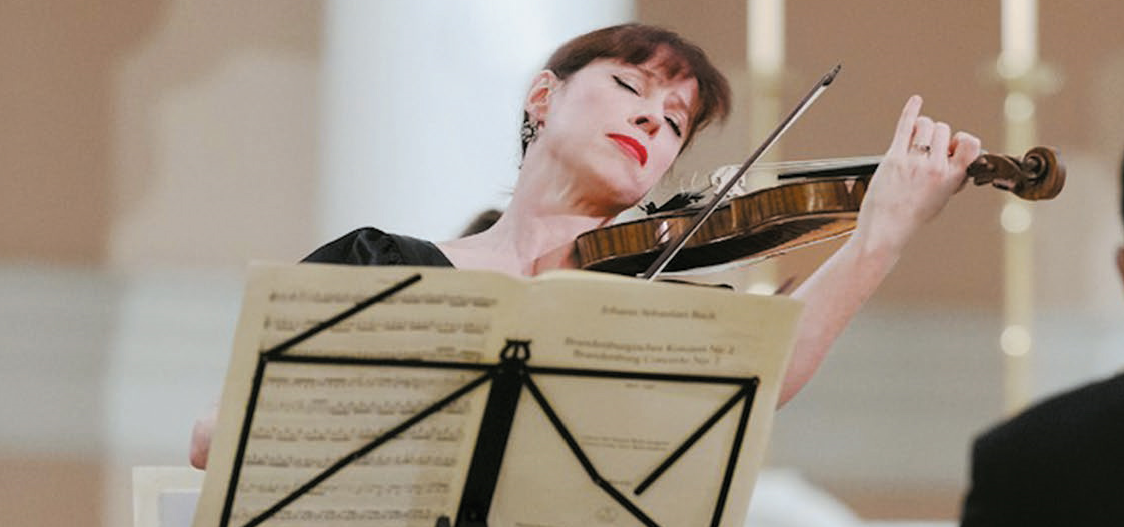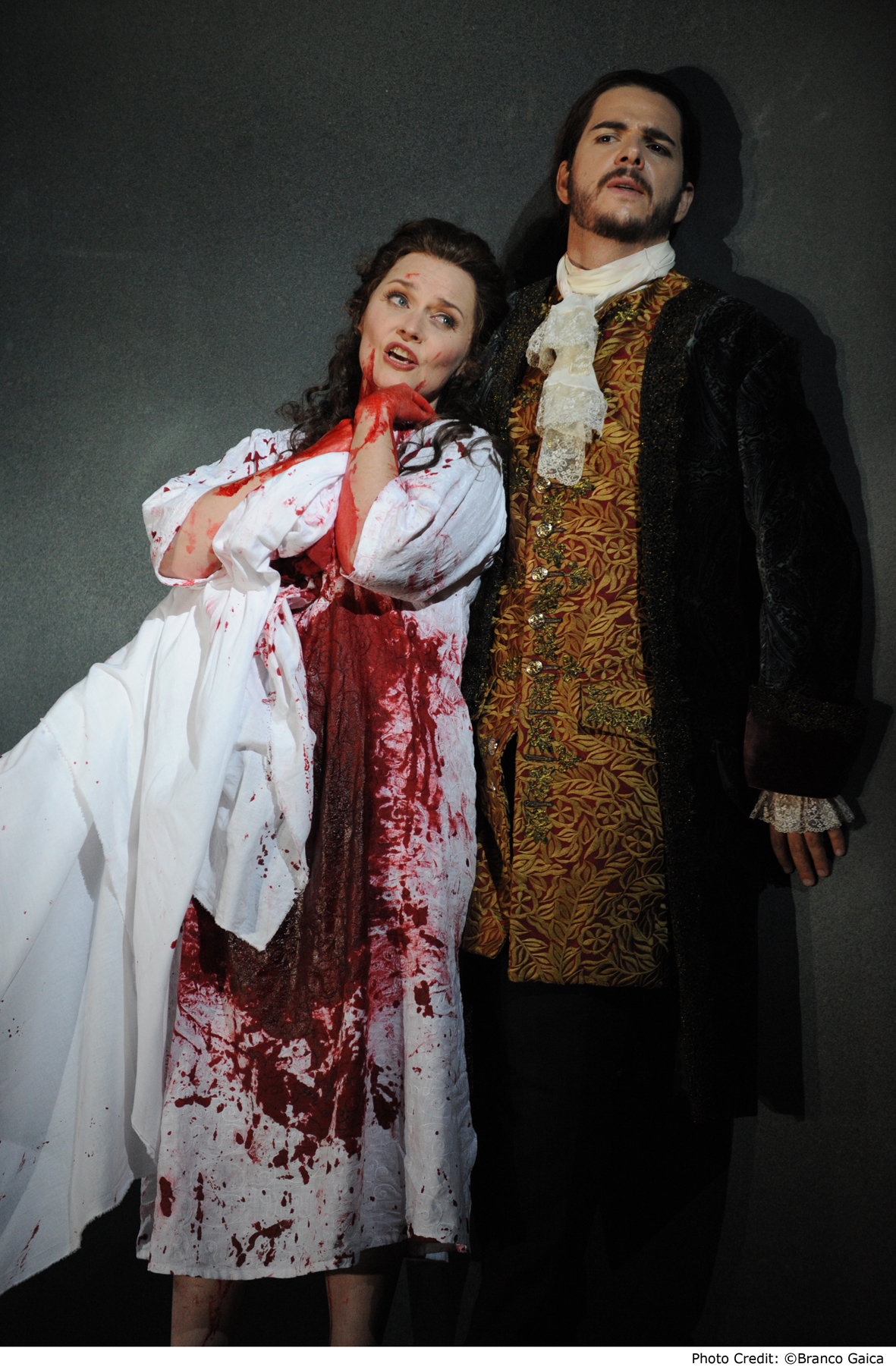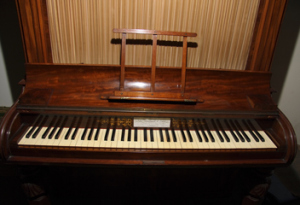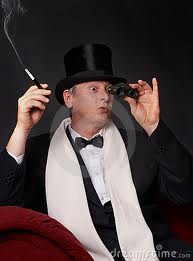Madeleine Easton Delivers A Landmark Event In Sydney
Something extraordinary happened in Sydney this weekend. Under the rough sandstone blocks of a small church in Paddington, virtuoso violinist Madeleine Easton conquered one of the behemoths of the solo violin repertoire. Over three consecutive nights, Easton, artistic director and founder of the Bach Akademie Australia, performed the solo sonatas and partitas for violin by J S Bach in a concert series she called A Universe of One.
Easton entranced her audience with this pinnacle of the violin repertoire where intellect, athleticism, stamina, technique and sheer musicality collide. Considered by some scholars as practice material for violinists, rather than performance pieces, they require the violin to be played not only as an instrument of melody, but one that plays counterpoint of many lines, and one that plays harmony with double and triple stops as well. Easton interspersed long lyrical lines of joy and sorrow with just a hint of vibrato; lightning quick passages were executed with breathtaking agility in the left hand and a bowing arm which seemed to have grown wings.
Bach, himself a competent violinist, wrote the Sonatas and Partitas for solo violin between 1703 and 1720. Published posthumously, they comprise a set of 3 sonatas and 3 partitas. The sonatas are typical four movement structures; the partitas are more inventive containing the delightful dance movements of the baroque era. There were many highlights and moments of sheer awe, but of special note was the Partita no 2 in D minor BWV 1004 with its popular Allemanda and heart-stopping Ciaconna.
The three evenings belonged to Easton, but the performances of her expert ensemble should not pass unremarked, with violinist John Ma, flautist Mikaela Oberg, cellist Anthea Cottee and harpsichordist Nathan Cox, playing well-matched entr’actes between the sonatas and partitas each evening. We heard A.Scarlatti’s Concerto in C for recorder, two violins, cello and continuo on the first evening, Handel’s Sonata in G major opus 2 no 4 on the second evening and the thrilling Trio sonata opus 4 no 3 in D minor by Jean-Marie Leclair on the third evening.
The concert was supported with comprehensive program notes and imagery which included Bach’s scores, a violin scroll representing the golden mean so prevalent in the music that Bach structured, and the anatomy of an Amati violin.
Artist and instrument reached the very extremes of their potential with this carefully curated series. This brilliant achievement is above review and SoundsLikeSydney is content to simply have been present and to record and describe the event.
It was a rare occasion indeed, to hear these masterpieces of Bach played live and in their entirety, executed with specialist insights, consummate skill and grace.
Shamistha de Soysa for SoundsLikeSydney©
Read our review of the Bach Akademie Australia’s Grazie in Grazia.








Well deserved praise for the master ME is .